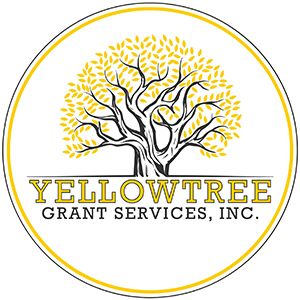Using Storytelling in Grant Applications
Effective storytelling can be a powerful tool to enhance the impact of your grant proposal. It allows you to create a memorable, personal and emotional connection with grant reviewers, potentially influencing their evaluation and support for your proposal. Consider this example:
In a challenging neighbourhood, Azura found hope and support through the Bright Minds After School Program. The program offered them a safe environment, tutoring support, and opportunities to explore their interests, ultimately helping them to improve their grades, boost their self-esteem, and discover a passion for photography. “I can't even put my gratitude into words that Azura can come to this program. As a parent, it feels like a lifeline. Azura has somewhere to go and has learned so much”. Azura’s story—like many of our community's children who are in challenging circumstances—highlights how after-school programs can transform the lives of at-risk children by nurturing their potential, building life skills, and guiding them toward a brighter future.
Here are some storytelling tips for grant proposals:
Incorporate a compelling real-life story or scenario that vividly portrays the urgent problem or need your program or project will solve.
Use stories to humanize the issue. Introduce impacted individuals or communities, their challenges and their aspirations to evoke empathy.
Share relevant success stories, quotes, and testimonials from previous beneficiaries to highlight your organization's credibility and effectiveness. Keep them short to avoid them from becoming distractions.
Illustrate how your project or program can or has positively changed lives, communities, or situations for the better. Stories—especially before-and-after narratives—are excellent for showing transformation.
In contrast to typical proposal writing guidance, storytelling is where descriptive language is encouraged to paint a picture with words and bring the story to life.
Use the story to illustrate the project's significance, why addressing this need is crucial right now and how it aligns with the funder's mission, goals—and your own!
Be sure to connect the story back to how the grant funding will sustain or extend the positive impact the story describes.
While storytelling is a compelling tool to engage the funder, it should be used strategically to complement—not overshadow—the factual and data-driven elements of your proposal.
